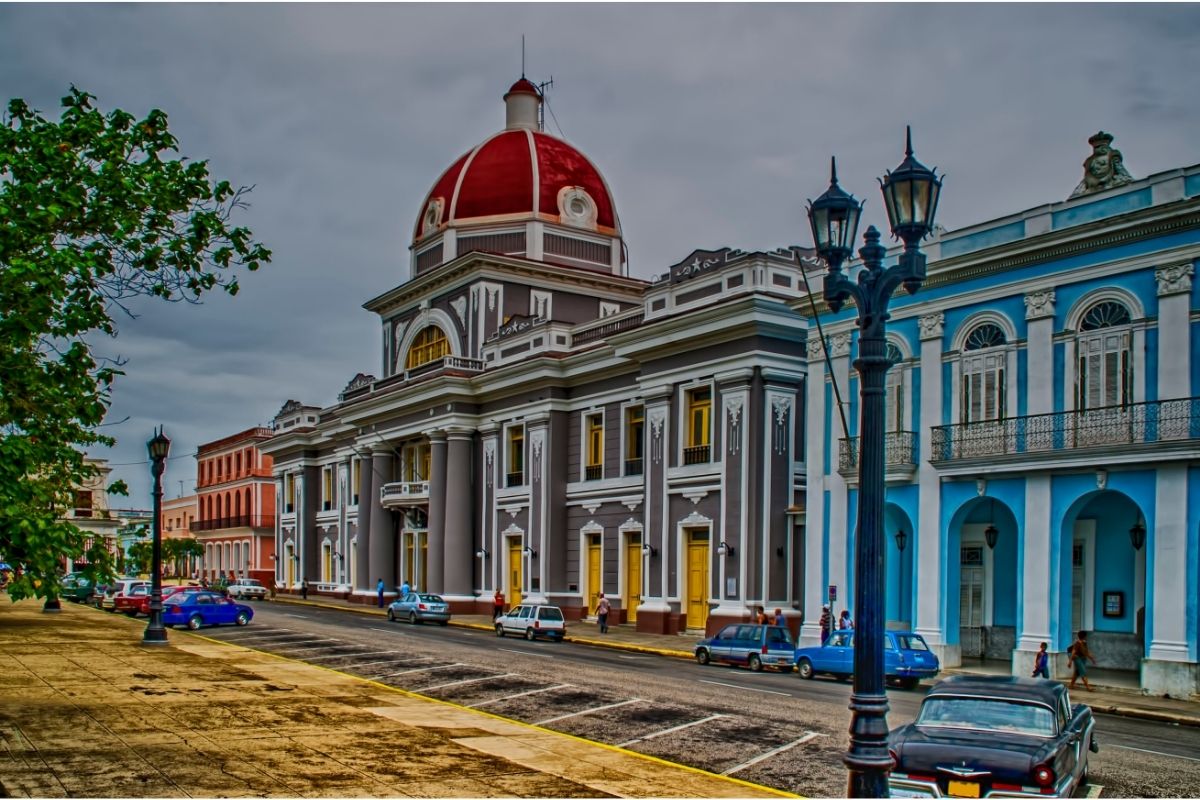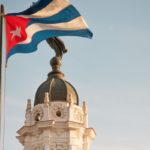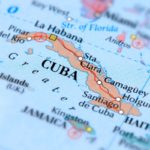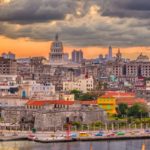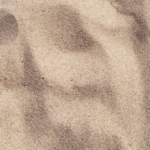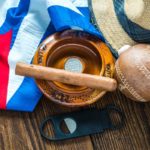The interconnected histories of the United States and Cuba are truly complex and fascinating.

With both the United States and the Soviet Union frequently vying for control at multiple points.
Perhaps the best known invasion of Cuba was the Bay of Pigs Invasion in 1961, an event in which CIA-trained Cuban exiles attempted to invade the Bay of Pigs and remove Fidel Castro from power.
But why was the US so tightly intertwined with what proved to be such a failed invasion?
Found yourself pondering any of these questions yourself? Want to know all there is to know about the Bay Of Pigs invasion?
Then you have come to the right place, because we are going to take a deep dive into this historic moment in Cuban history!
The Backdrop
For much of the 1950s, the United States had enjoyed relatively good relations with Cuba, which was run by American-backed military dictator Fulgencio Batista, who had seized power in a coup in 1952.
By the beginning of 1959, however, the Cuban Revolution had been successful, and Batista, who had been overthrown, had fled the country.
The leader of the revolution, and the country’s new leader, was Fidel Castro.
He was a major concern to U.S interests region, being as he was an avowed anti-American and communist who sought closer ties with the United States’ arch enemy, the Soviet Union.
US policymakers quickly concluded that something must be done about Castro.
He was too big a threat to American interests, and was in control of a country too far too close to the United States for their liking.
By the time new president John F. Kennedy was inaugurated in January 1961, plans drawn up by the CIA and backed by outgoing President Dwight D.
Eisenhower were already well down the line. The new president gave final authorization for the operation a short time later, making it one of his first acts in office.
The Training
By the end of 1960, the CIA had almost completed the training, in Guatemala, of the small band of Cuban exiles intended to be used as an invasion force.
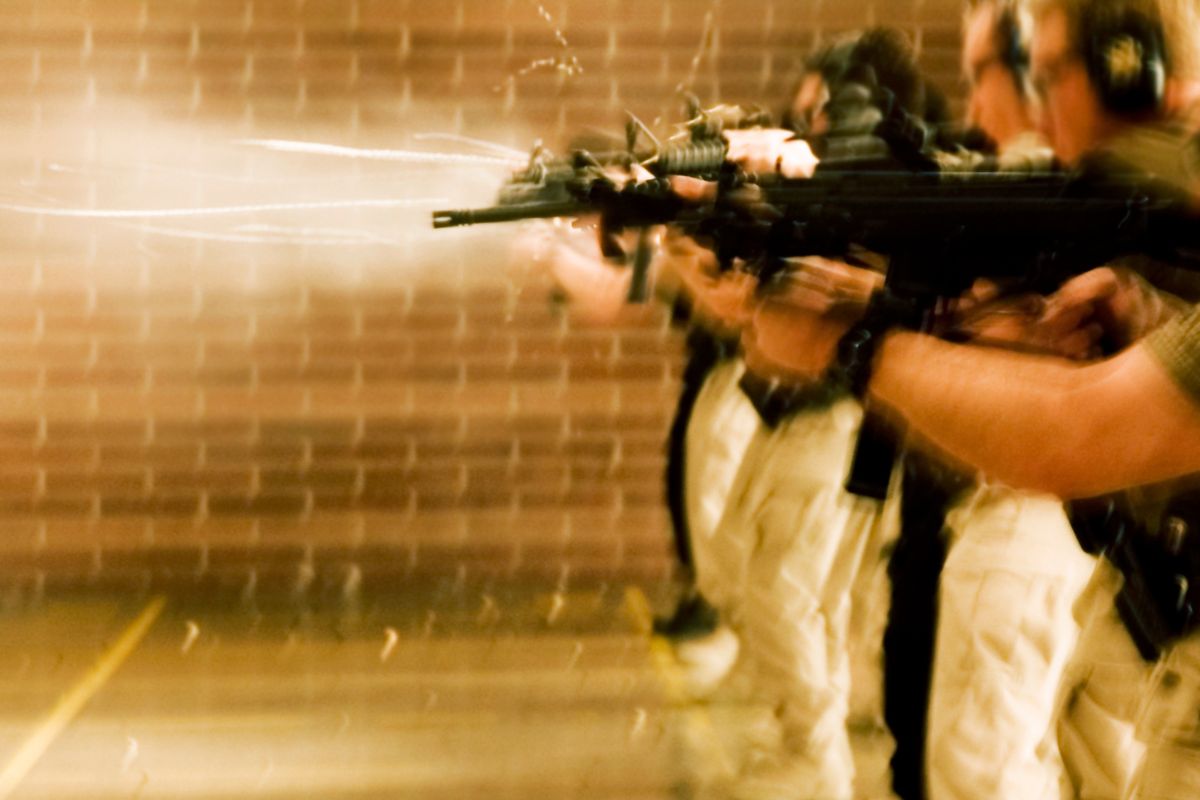
They were trained in assault techniques in order to successfully make their landing, and guerilla warfare so that they could carry out an extended, and they hoped, damaging, campaign against Castro.
The attack was to be led by José Miró Cardona, a former member of Castro’s government and head of the Cuban Revolutionary Council, an exile committee.
He was set to immediately take over as provisional President of Cuba if the plan succeeded.
The Plan
Unfortunately for Kennedy, as well as Cardona’s band of rebels, the plan had already started to unravel.
Despite the efforts of US intelligence to keep the plan a secret, by as early as October 1960 Castro and the Cuban government were already well aware of the plan and the guerilla training camps in Guatemala.
Kennedy, determined to see the plan through, opted to attempt to disguise US involvement in the plan.
Part of this deception was the landing location at the Bay of Pigs.
The area was a sparsely populated swampy area on the Cuban south coast, and it was hoped that bringing a force ashore here- particularly under cover of darkness- would simultaneously help to hide US involvement as well as reduce the chances of meeting any significant resistance.
Unfortunately, the chosen Bay of Pigs landing site also left the invasion force more than 80 miles away from the relative refuge of the Escambray mountains, should the plan go awry.
American commanders and intelligence officials remained confident in the plan, though.
Whilst the main 1400-man invasion force was landing under cover of darkness at the Bay of Pigs, there would be a diversionary attack from a smaller force on Cuba’s east coast, and paratroopers would land ahead of time to disrupt and repel Cuban attempts to respond to the invasion.
Under this cover, the main force would advance to Matanzas, where it would set up a defensive position, declare a provisional government, and wait.
The plan hinged on the majority of the Cuban population hearing of the ‘uprising’ against Castro and joining the invaders.
The Invasion
Although the main invasion did not take place until April 17th 1961, things were already beginning to go wrong by the 15th, the day eight American bombers left Nicaragua to strike targets in Cuba.
Using old American bombers painted in Cuban colors, the strike force met with limited success- missing most of their targets and leaving the majority of the Cuban airforce unscathed.
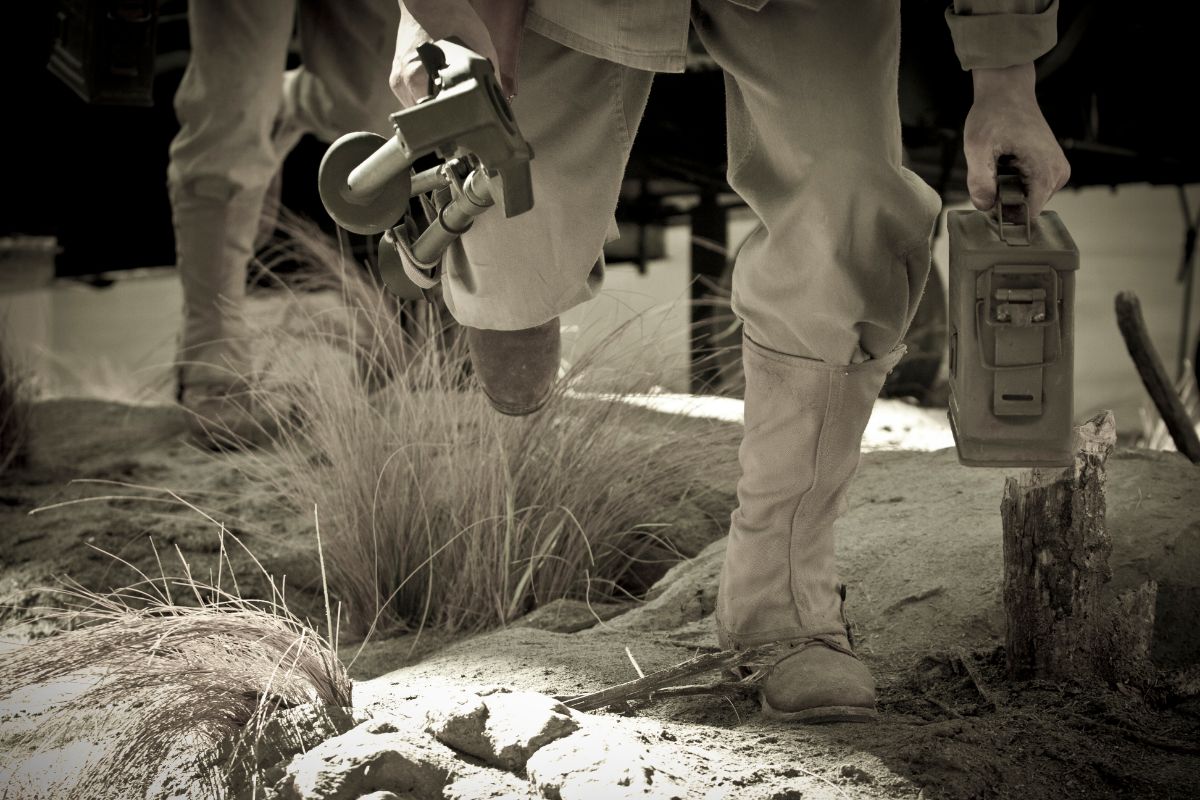
Even worse, photos quickly emerged in the press of the repainted American planes, revealing to the world the United States’ role in the invasion.
Under heavy political pressure, Kennedy was forced to call off a second strike that would get the job done.
With the failure to neutralize Cuban airpower, the plan was already damaged, perhaps fatally.
Many commanders would have called off the invasion without guaranteeing allied air superiority, but still, the plan went ahead.
Unsurprisingly, the invasion was a fiasco from the beginning. As Brigade 2506, the invasion force of Cuban exiles, waded ashore from their American landing craft, the tiny Cuban airforce was preparing to spring into action.
Soon, Cuban planes were in amongst the invasion force, strafing the men, attacking ships, and engaging the invasion force’s small air escort.
By the end of their attack, half of the invasion’s force’s air support had been destroyed, and two escort ships had been sunk.
The landing force, which was already being hampered by poor weather, water-damaged equipment, and limited ammunition, was now extremely exposed.
Humiliation
By April 18th, the situation for the invasion force was exceedingly grim.
They were as good as cut off from their route of escape, with Cuban planes controlling the skies above them.
However, things were about to get much worse, as Castro ordered a force of 20,000 men to advance towards the beach and crush the invasion.
At dawn on the 19th, one last ditch attempt to save the invasion from a humiliating reverse was made, authorized by President Kennedy himself.
Six unmarked US fighter planes took to the skies to support what was left of the invasion’s air force, to try and tip the battle in the sky in favor of the invasion.
As if nothing could go to plan, this attempt too proved to be a farce.
The supporting planes arrived an hour later than planned, probably as a result of confusion caused by the different time zones in Cuba and where the fighters were based in Nicaragua.
By the time they arrived, it was too late to have any significant impact on the ongoing battle, and they were later shot down.
The invasion was crushed. A handful managed to flee the island, but most- some 80% of the original landing force were captured and imprisoned.
Of the 1500 men who landed, over 100 were killed and 1202 were captured.
Aftermath
The imprisoned men of the invasion force remained in Cuban captivity for 20 months, before eventually being released in a deal that saw the men exchanged for $53 million worth of medicine and baby food, supplies Cuba badly needed.
The invasion was a US foreign policy failure with drastic consequences. One immediate effect was to heighten Castro’s distrust of the United States.
With his popularity at home at all-time highs, he quickly aligned himself more closely with the Soviet Union, which would directly lead to the Cuban Missile Crisis of the following year, an event that brought the world closer to nuclear armageddon than it had ever come before.
- What Is The Largest Island In Cuba? - September 19, 2022
- Havana – Why Is It Cuba’s Most Exciting City? - September 19, 2022
- Cheapest Time To Visit Cuba (Ultimate Guide) - September 19, 2022

